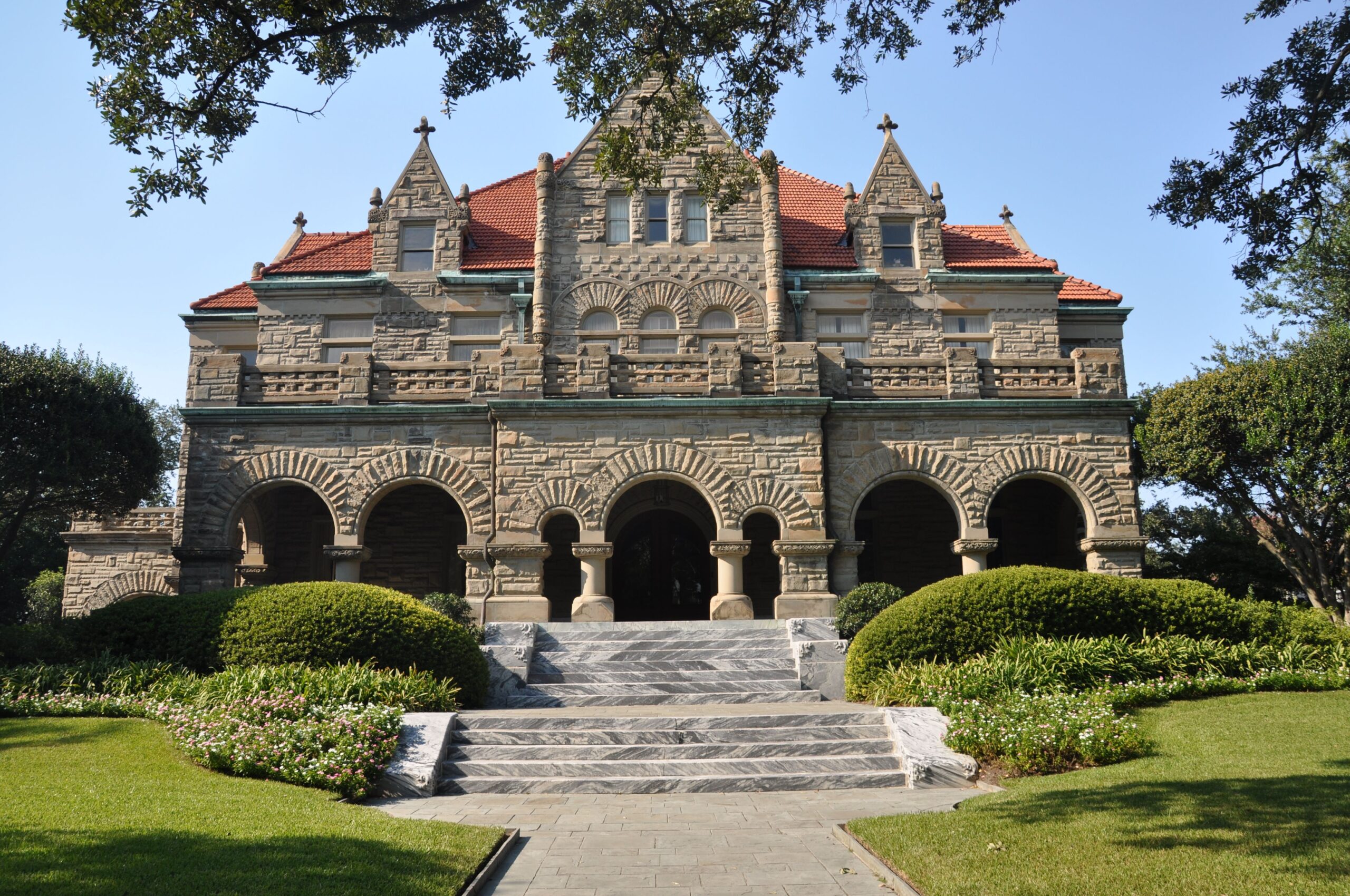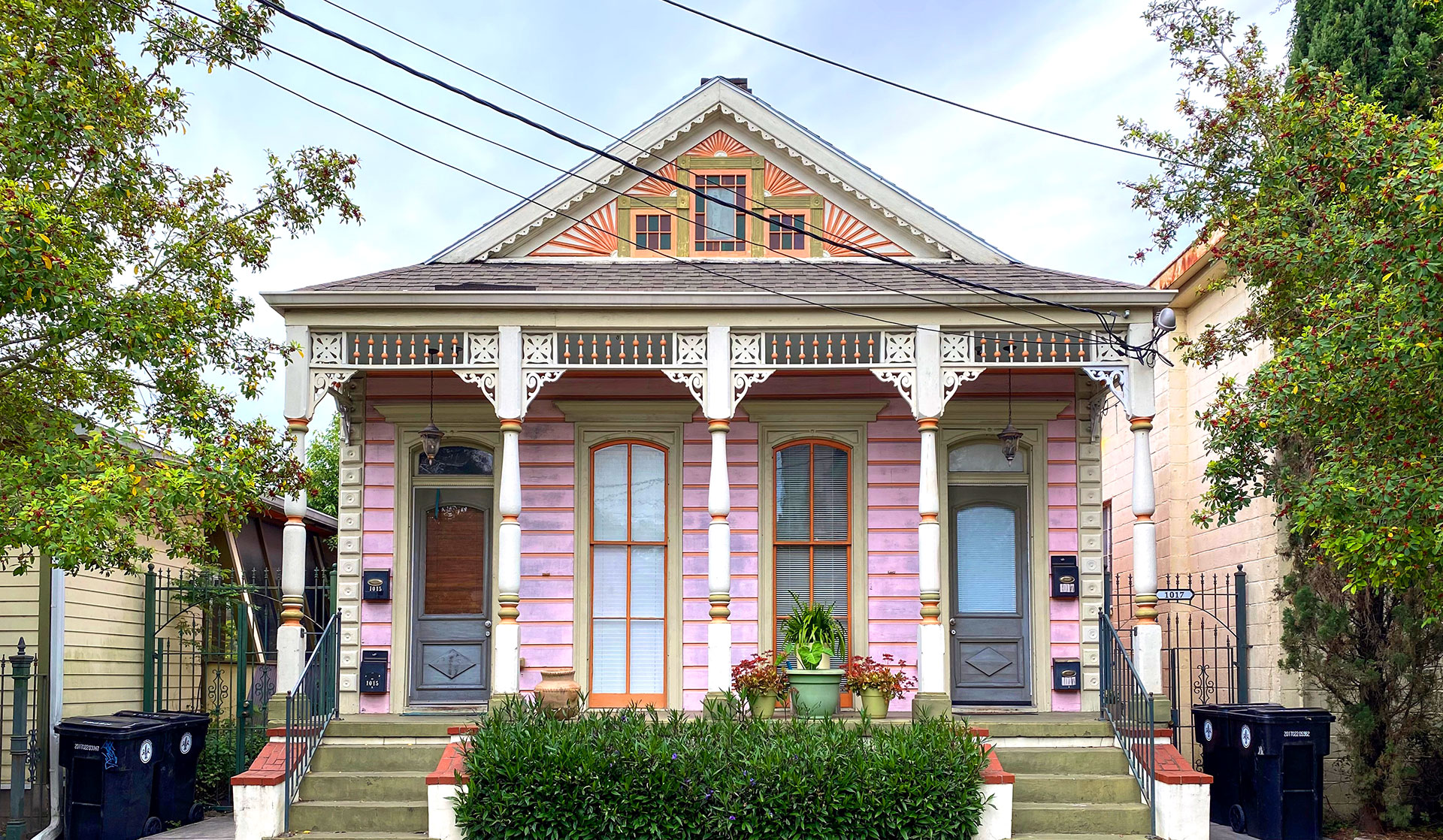There are two historic rehabilitation tax incentive programs: one federal program and one state program.
Key Terms to know before reading on:
- Tax Credit: A dollar-for-dollar reduction in your tax liability.
- Qualified Rehabilitation Expenditures (QREs): QREs include everything but furnishings, i.e. the work to the immovable building and any soft costs such as consultants, architects, fees etc.
- National Register of Historic Places: Official list of the nation’s historic places worthy of preservation.
- SHPO: State Historic Preservation Office
- NPS: National Park Service
- Cultural District: A program established through municipal government participation to encourage revitalizing neighborhoods.
The Federal Historic Rehabilitation Tax Credit Program
- This federal tax credit program provides a 20 percent credit on Qualifying Reimbursable Expenses.
- This program is administered by the National Park Service.
- To qualify:
- A property must be individually listed in the National Register of Historic Places or contributing to a National Register Historic District (i.e. must have been built within the period of significance for the historic district).
- It must meet the basis test, in which you must spend the value of your building, which is the property value adjusted by subtracting the land value.
- It also must be an income-producing property; currently there is no owner-occupied residential credit.
- All work must meet the Secretary of the Interior’s Standards for the Treatment of Historic Properties.
- As of 2017, the tax credit must be claimed over a period of five years.
- The fees for Part II and III of the application depend on the size of the project.
The State Commercial Tax Credit Program (modeled on the Federal program)
- Commonly called the “State Historic Tax Credit,” this program provides a 25 percent credit of Qualifying Reimbursable Expenses; 35 percent in rural areas
- It is administered by the Louisiana State Historic Preservation Office (SHPO)
- Transferable: the credits are able to be sold or transferred. This allows organizations without tax liability, such as nonprofits/churches/schools, to utilize these credits.
- To qualify:
- A property must be individually listed in the NRHP or contributing to a NRHP Historic District (i.e. must have been built within the period of significance for the historic district) or in a Cultural District or a Downtown Development District
- It must spend a minimum of $10,000.
- It must be an income producing property (currently there is no owner-occupied residential credit)
- All work must meet the Secretary of the Interior’s Standards for the Treatment of Historic Properties
- The fees for Part II and III of the application depend on the size of the project. Part III fees are determined based on a formula.
Application Process
- It is possible to stack the credits and apply for both programs if the property qualifies for both programs.
- Both applications include three parts:
- Part I: Eligibility. This shows that the property is listed in the NRHP, individually or within a historic district. If it is in a historic district, it will show that it is a contributing building.
- Part II: Scope of Work including:
- Itemized list of work components
- General project description (site features, descriptions of features as is and proposed for exterior and interior, reference photos [can reference Part I]
- Drawings (floor plans and sometimes conceptual, schematic, design development, or construction documents. Design development drawings are usually necessary for complex projects.
- Part III: Photographs to document that the work completed matches what was applied for and approved and a cost certification document.
- An applicant can submit Parts I and II together or separately. Once submitted, work can typically commence.
- SHPO is allowed 30 days to review each submittal.
- For the Federal program, SHPO makes a recommendation to NPS. NPS will issue the approval. For the State program, SHPO is the approving authority.
- In Louisiana, if you are using Federal, you will want to also use State, and stack the credits.
- It is best to involve SHPO in the project as soon as possible. Someone from SHPO can come look at the project to help facilitate the process. The Louisiana SHPO can provide very useful guidance.
- You can apply for historic tax credits without using a consultant. Also, it is recommended that you hire a CPA for Part III to do the cost certification, the state program involves an audit.
- Both programs have fees involved and fee schedules are available on the SHPO and NPS websites. There are no fees to submit Part I for either program. There are fees for Part II and III. See details in the program descriptions above. If you stack the credits, you pay fees for both programs.
- There will also be any fees associated with consultants hired to facilitate the process, this fee is considered a QRE.
Ready to apply for Tax Credits? Head over to the Louisiana State Historic Preservation Office website: Tax Incentives | Division of Historic Preservation (state.la.us)
Want to talk to a Tax Credit consultant? Contact Michelle Shoriak, Director of Conservation & Education, for our Resource List of professionals or look at the Preservation Professionals section on the Louisiana State Historic Preservation Office’s website.

Real Estate Listings
Explore the charming inventory of older homes in New Orleans and surrounding areas. Historic NOLA Homes brings you the latest historic real estate listings. Start your journey now by discovering unique properties that weave stories of bygone eras. Click here to explore history you can live in and let us guide you to your next dream home!







